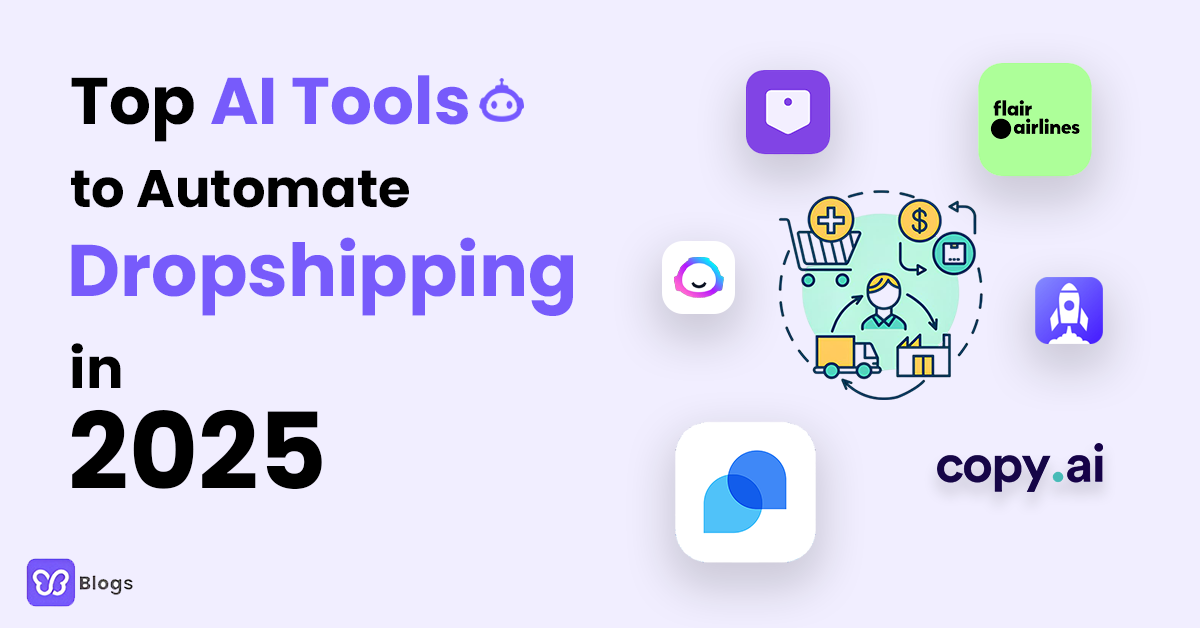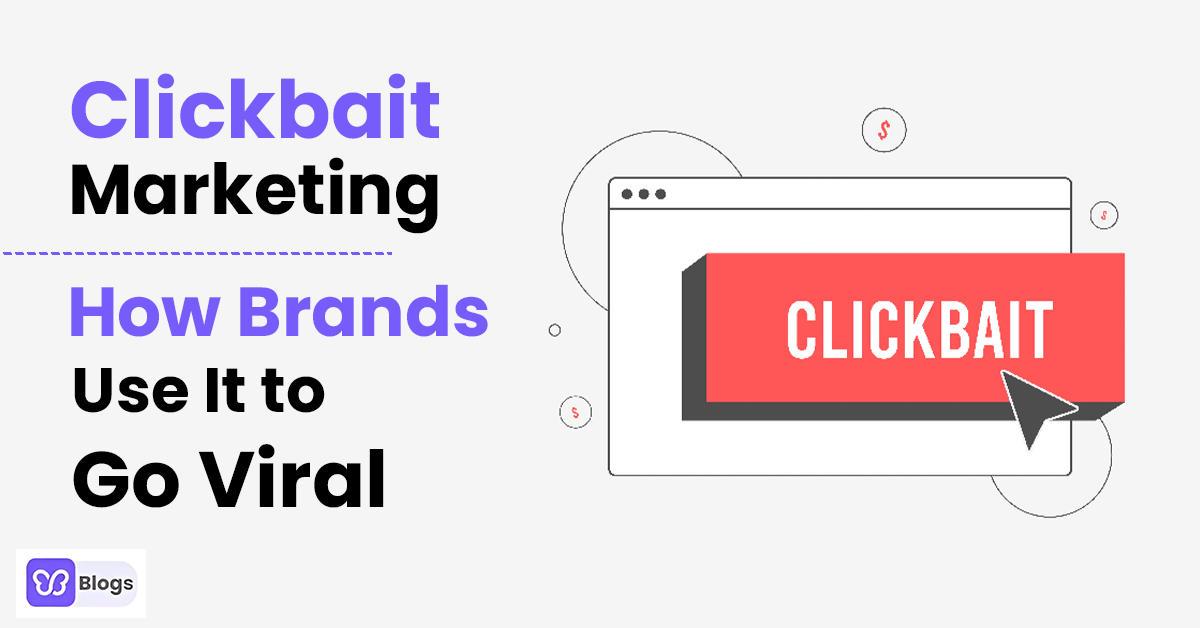Short-term and long-term focus areas apply to promotion methods. The goal of short-term strategies is to get outcomes quickly, like increased revenue, rapid market penetration, inventory clearance, and engagement based on events.
Building consistent brand equity, client loyalty, and market position over time are the main goals of long-term strategy. Holiday sales, sweepstakes, advertising blitzes, and sales promotions are a few examples. It takes integrated campaigns, performance evaluation, resource allocation, and strategic planning to balance these tactics.
Businesses can maximize their marketing efficacy and accomplish both short-term and long-term success by combining the two strategies. Businesses can increase the efficacy of their marketing by skillfully integrating and balancing various tactics.
Promotion strategies significantly influence customer perception and loyalty. They build brand awareness, shape brand image, establish brand credibility, differentiate from competitors, communicate value and benefits, and encourage repeat purchases. They also enhance customer engagement, build emotional connections, provide exceptional customer experience, and maintain consistent communication.
However, excessive promotional activities can lead to negative perceptions, misleading promotions, and poorly targeted promotions. To maximize positive impacts, businesses should balance short-term and long-term goals, personalize promotions, maintain consistency, and monitor the effectiveness of promotions.
By doing so, they can enhance brand image, increase sales, build trust, and encourage long-term customer relationships, contributing to sustained business growth.
Popular brands like Nike, Coca-Cola, Apple, Starbucks, Amazon, and McDonald's use promotion strategies to shape customer perception and foster loyalty. Nike's "Just Do It" campaign has positioned Nike as a brand associated with determination, empowerment, and athleticism, inspiring customer loyalty among athletes and fitness enthusiasts.
Coca-Cola's "Share a Coke" campaign fosters positive emotions and associations with happiness, friendship, and sharing, enhancing its brand image. Apple's product launch events create an aura of innovation, excitement, and exclusivity, demonstrating strong brand loyalty and repeat purchase behavior.
Starbucks' Rewards Program incentivizes repeat purchases with points-based rewards, building emotional connections and enhancing the customer experience.
Amazon Prime Day has become synonymous with exclusive deals, discounts, and shopping excitement, reinforcing Amazon's reputation as a convenient and customer-centric retailer. McDonald's Monopoly Promotion creates excitement and fun around McDonald's, appealing to families and young customers.
By understanding their target audience and implementing effective promotion strategies, brands can strengthen relationships with customers and maintain a competitive edge in the market.







